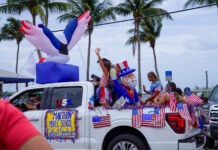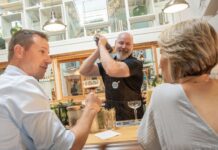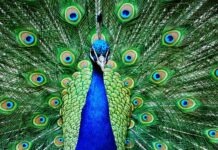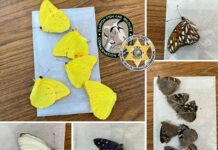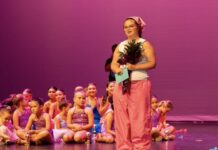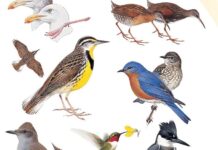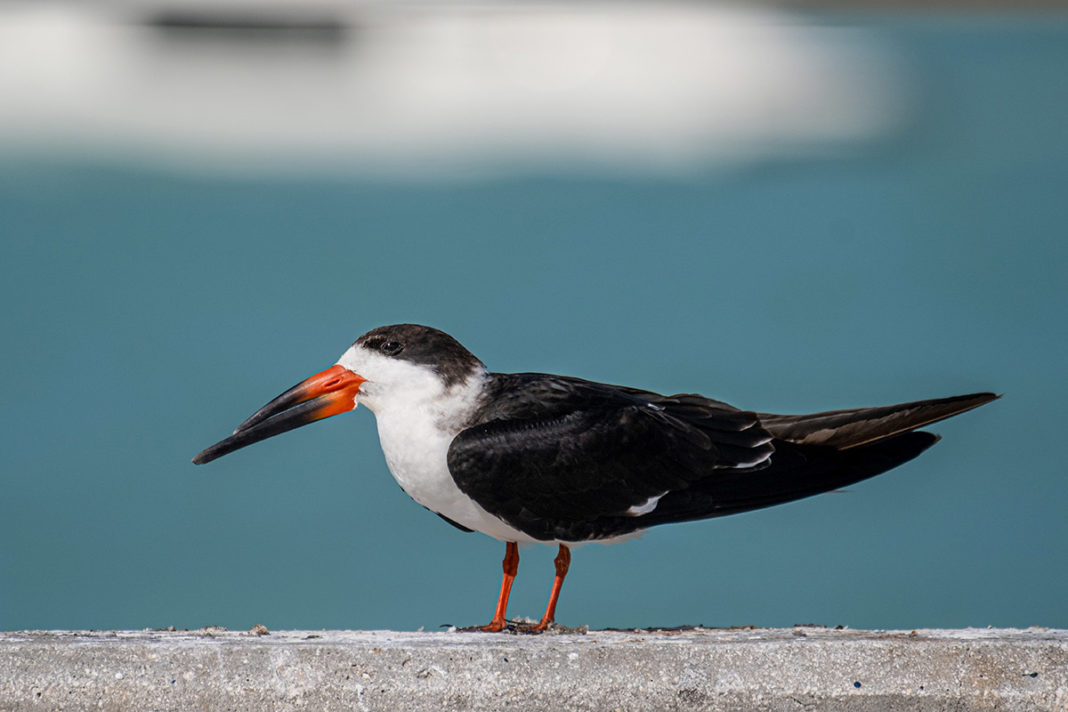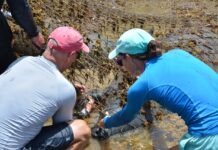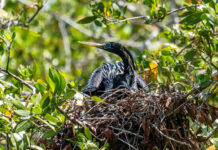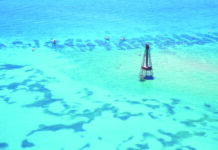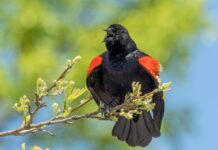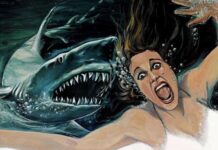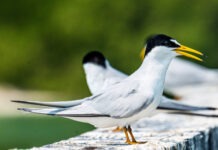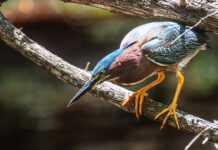The 121st Christmas Bird Count, Key West edition, started with Ellen Westbrook and three guys named Mark (Songer, Whiteside and me) standing at the foot of White Street Pier, dividing up the island. Songer and Whiteside headed toward New Town in a car. Ellen and I kicked up the kickstands on our bikes and pedaled toward the heart of Old Town.
Most years we make a big effort to publicize the KWCBC and invite anyone who’s interested. There’s usually about two dozen of us.
But this year, you know, COVID. So we were a skeleton crew. The goal was to keep the tradition alive and maintain consistency in the data set if you want to get all science-y about it. If it was a job, it would be punching the clock. In poker, it would be a continuation bet.
Ellen and I had talked before about doing the Old Town part of the KWCBC by bike, but it hadn’t really been feasible with a large group. Now, though, the two of us were a lean, mean, bird-counting machine, zipping along side streets, dodging traffic, never having to find a parking spot.
For weeks there’d been a peregrine falcon perched in the red-and-white steel girders of the FAA tower behind the dog park. She was there that morning, staring down, unfavorably judging all her pokey, gravity-bound inferiors.
We counted doves, pigeons, gulls, and terns by the dozens. Granted, these were all, in fact, birds, and it was nice to see them in good numbers, but you don’t leave the house with a pair of binoculars without hoping to see something that rings your bell, even if you’re just supposed to be counting things. Only the peregrine had rung our bell so far, and we’d rushed past her to get on with things.
Indigenous Park, which is often full of songbirds, or at least white ibis, was a ghost town. Fort Zachary Taylor didn’t even have any coots in the moat. We rode the elevator to Hugh’s View, the new rooftop garden at The Studios of Key West, and sat for 20 minutes, as the sky is always interesting up there. We were rewarded with exactly one turkey vulture.
The CBC takes place around Christmas not because it’s the best time to see birds. It was created as a substitute for an event from the late 19th century called the Christmas Side Hunt, where people celebrated the holidays by dividing into teams, going out, and gunning down every bird they saw with no regard for size, scarcity, beauty or edibility. Stories abound about heaps of dead birds being left to slowly rot in the cold.
Frank Chapman, noted ornithologist of yore, had a crazy idea. What if, instead of going out and killing every bird in sight, people just counted them? On Christmas Day in 1900, he and 26 other birders in 25 different locations went out and did just that.
A tradition was born and quickly outpaced the Christmas Side Hunt. There are now more than 2,000 count circles around the world, mostly in the Americas. Tens of thousands of people take part. It’s one of the oldest and most successful examples of broad-scale citizen science, and even if it is not the birdiest time of year, it functions as an annual check-up on many bird populations. (Short version: most bird populations are not doing great.)
Almost all CBCs were minimalist affairs this year, what with the plague and birders being big believers in science and all.
Things were livelier when we reached Mallory Square. Half a dozen white-crowned pigeons sat in the scraggly trees that were somehow, in a landscaping sense, supposed to balance out all those bricks. White-crowns are easy to find here from April to November, but they’re scarce in the winter. On most CBCs we don’t see any. They tend to be highly nervous, taking flight at the slightest human movement, but these birds were just sitting there, stoic and sedate, as if the tourists and panhandlers just below didn’t even exist.
Out on one of the concrete mooring dolphins, a flock of 95 black skimmers was loafing about. I don’t know what it is about skimmers, but they’re always a welcome sight. Even if they are just standing there. They were so welcome that Ellen and I just put down our kickstands, sat on the concrete, and watched them for a while. Part of it was the tuxedo-sharp black and white plumage and the oversized, mostly-red bill. Part of it was the way they barked and snapped at each other when they got annoyed, or how, when they want to really rest, they lay their bills out on the ground in front of them, like a dog does with its chin.
At some point they all lifted up into the air at the same time. Maybe some raptor spooked them. Maybe it was a false alarm.
They took a turn around the harbor with their slow, languorous wingbeats and landed again, unhurried, on the concrete. Were they all landing in the same spots, surrounding themselves with the same birds, or did they mix it up? Was this order or chaos? We couldn’t really tell and they weren’t saying. But we counted them again to make sure we got it right.
